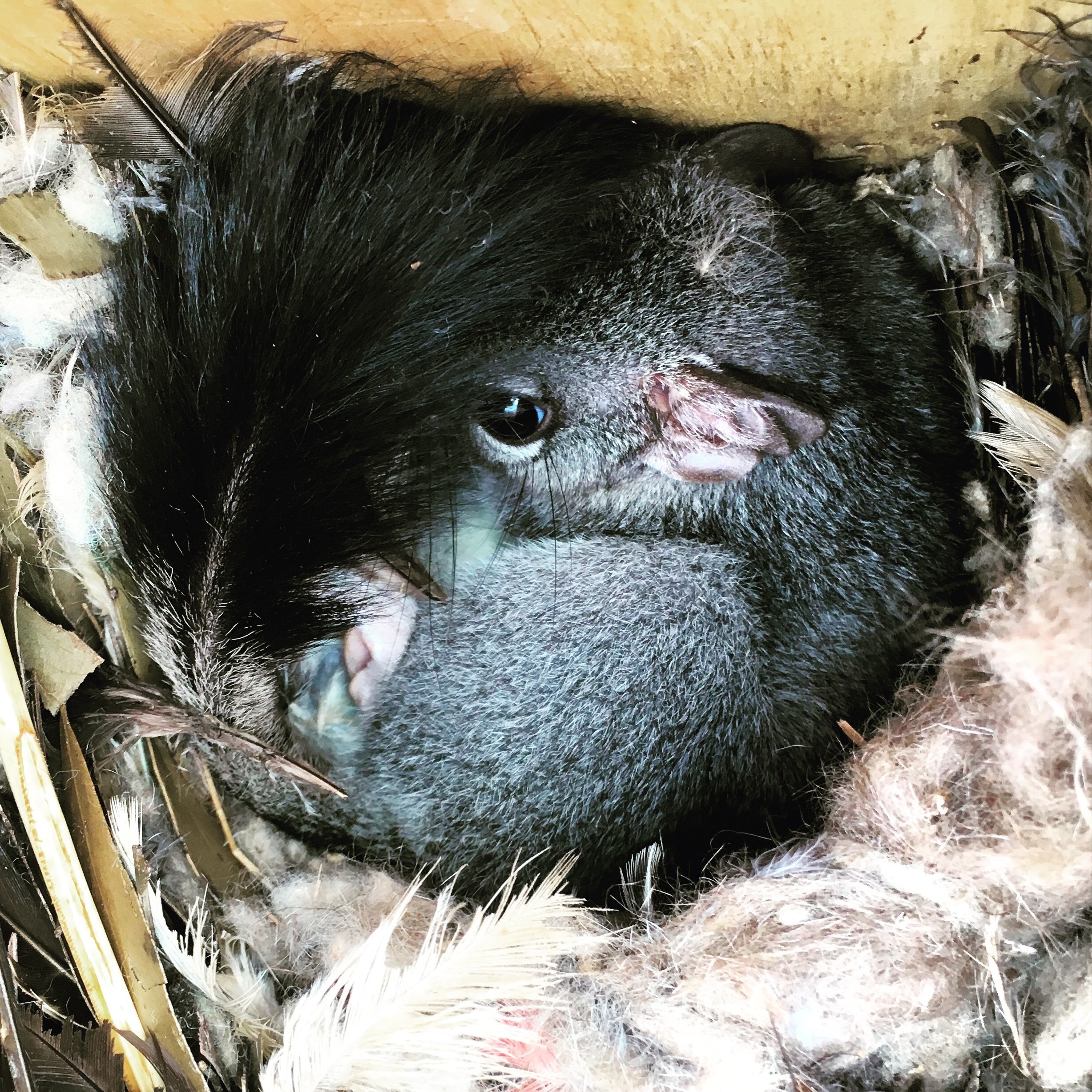Hollows, habitat and nest boxes: design and installation tips
Posted on 2 January, 2019 by Frances
Following Connecting Country’s highly popular nest box workshops during autumn 2018, we’ve compiled some nest box design and installation tips. These tips were compiled by Connecting Country’s Tanya Loos from our workshops with local ecologist and nest box builder, Miles Geldard.
All animals need to meet their basic needs of something to eat and somewhere to live. Australia’s fauna is particularly reliant on hollows for shelter and breeding – possums, gliders, bats, kookaburras, parrots, treecreepers, reptiles such as geckos and even frogs need hollows.
Hollows are a highly limited resource in today’s Box-Ironbark forests. The sheer scale of clearing and removal of large old trees for timber in our region is almost unbelievable. Trees were logged for railway sleepers, mine shaft infrastructure, baker’s ovens, boilers, heating and construction. Only 15% of the Box-Ironbark forests remain and virtually no old growth patches are left.
Hollows may begin to form in any aged tree, even relatively young trees if the conditions are right. In some countries, woodpeckers create hollows in trees.
Here in Australia, the bark needs to be damaged in some way – either by wind, lightning, fire or by animals (such as galahs) – so that termite or fungal activity may begin to create a hollow. In Box-Ironbark forests, termites do most of the hollow formation, whereas in wet forests it is fungi. Galahs and other parrots love to chew bark. Are they ecosystem engineers creating hollows for the future, or just larrikins sharpening their bills?
Miles has reviewed scientific papers on our local hollow-using fauna’s habitat needs and preferences. He uses this information when designing and installing nest boxes considering internal hollow dimensions, size of entrance, tree type, location on tree and orientation.
Miles suggests installing as many nest boxes as you can manage to install and maintain. Many hollow-dependent animals use multiple nesting sites located across their home range.
For Connecting Country’s full notes with nestbox design and installation tips: click here
The Victorian Department of Environment, Land, Water and Planning also recently published some useful general information about nestbox use (click here) and monitoring (click here).







Leave a Reply